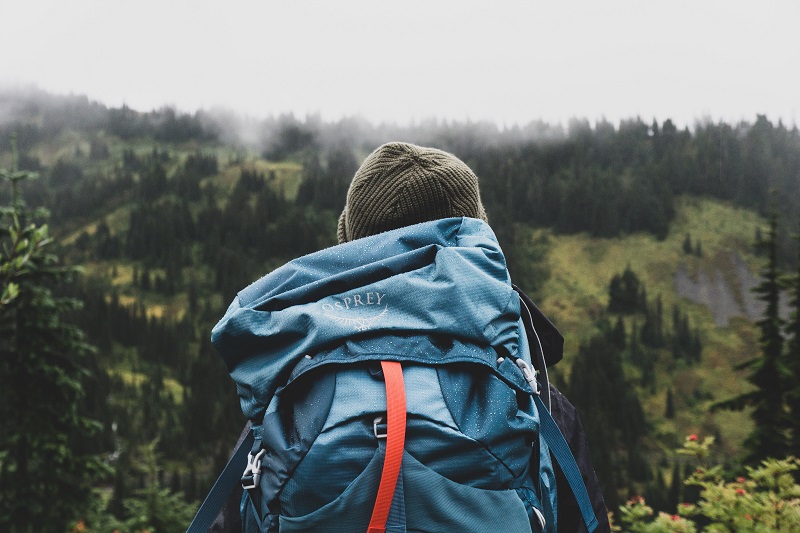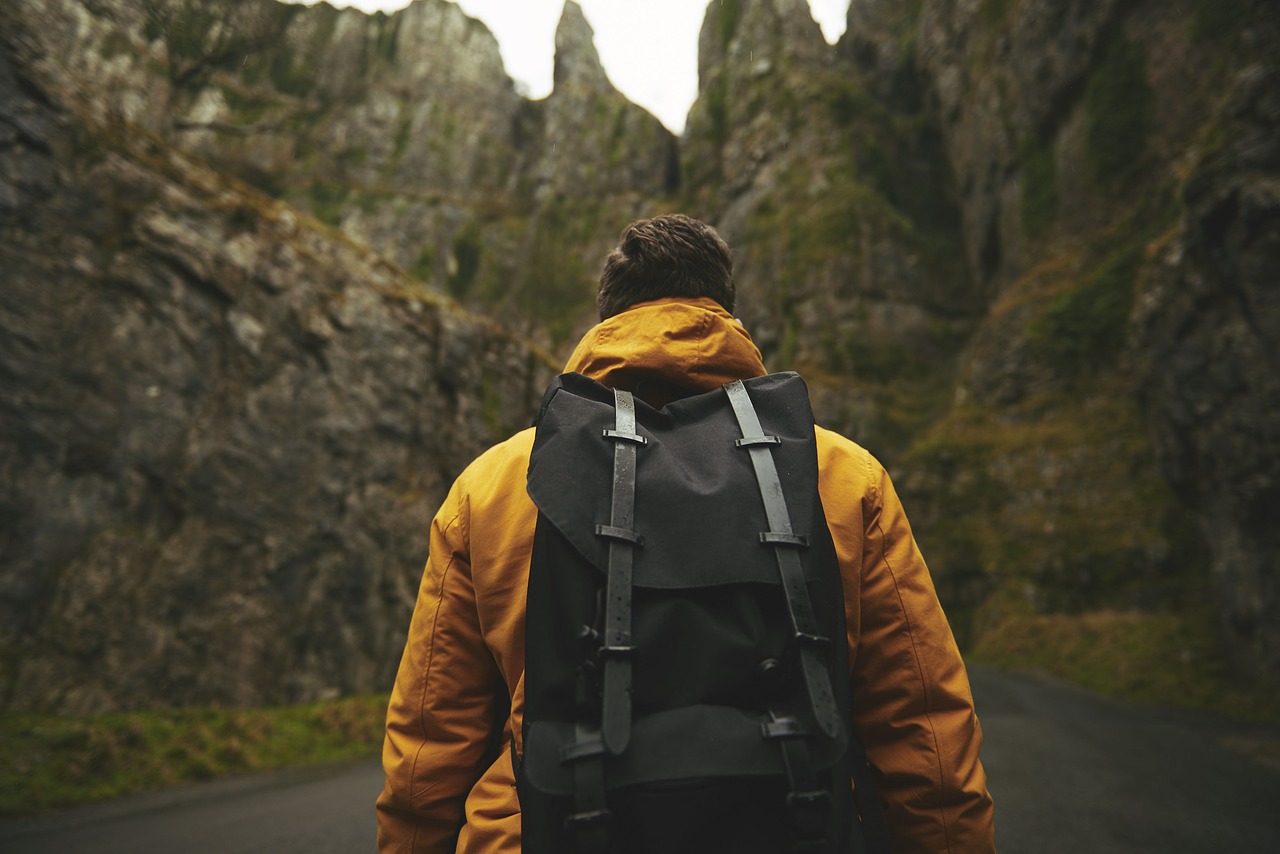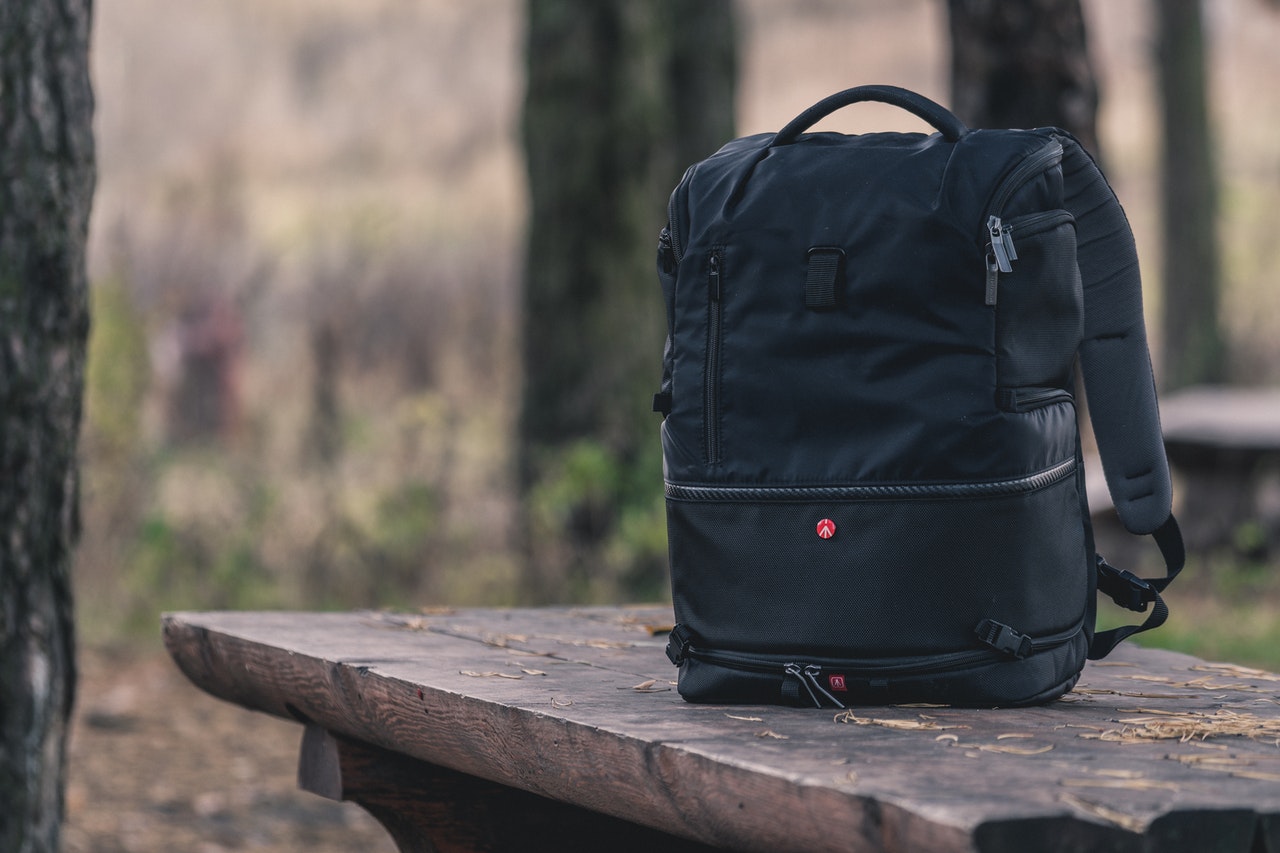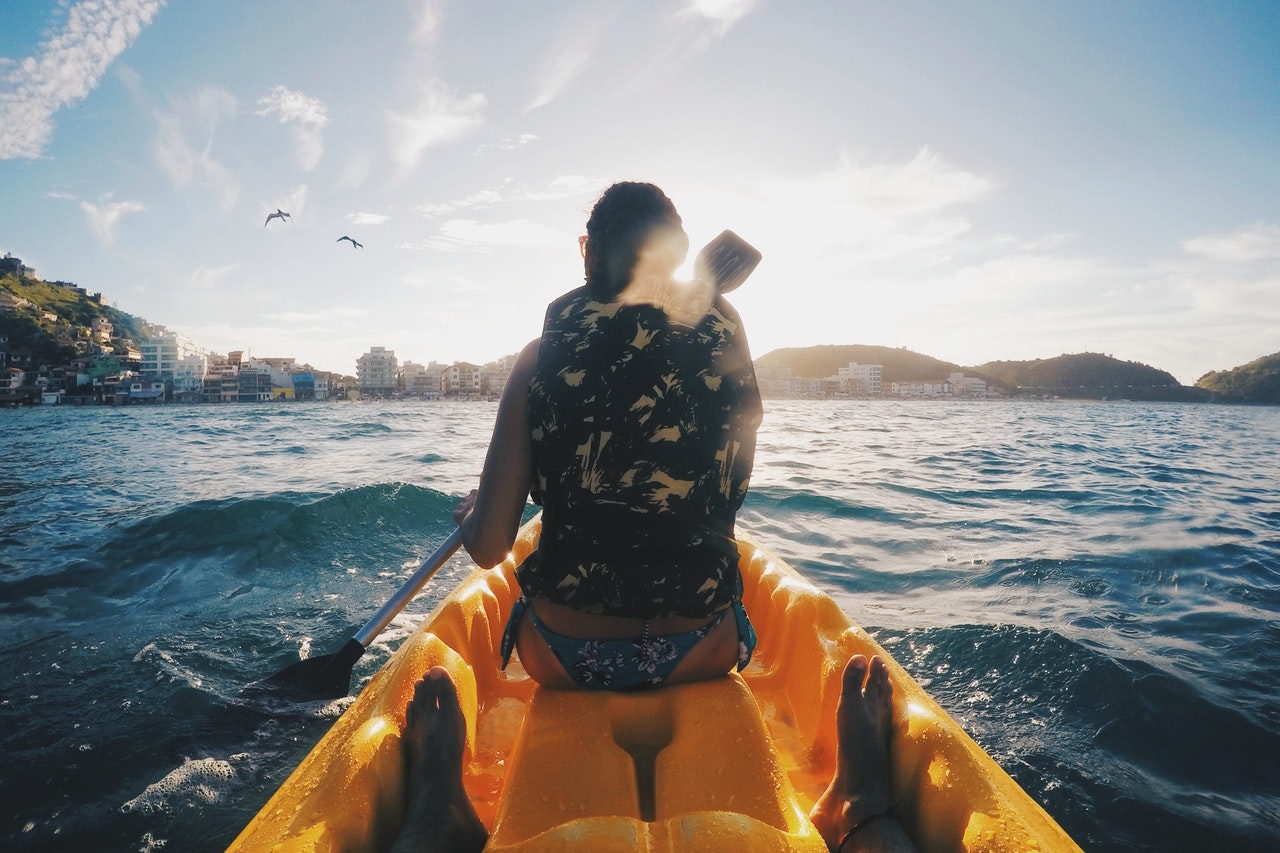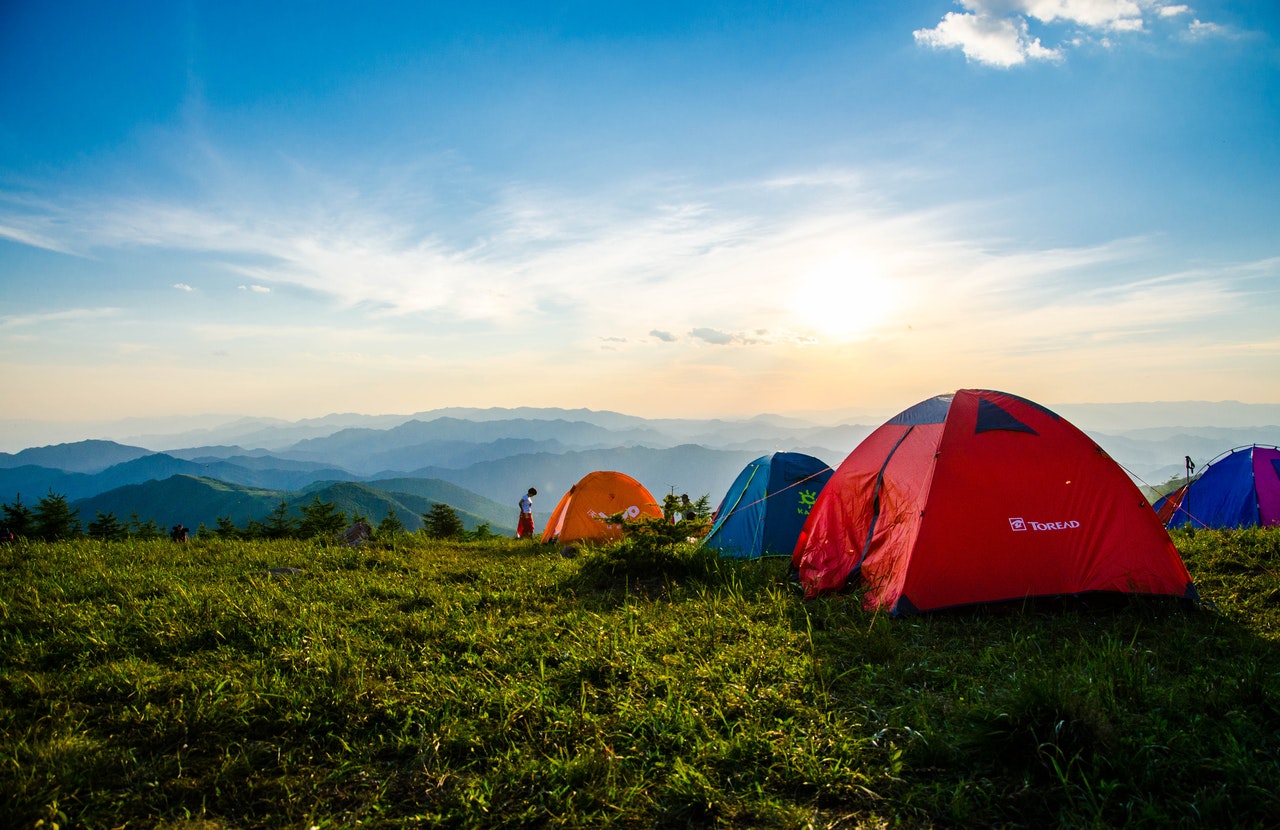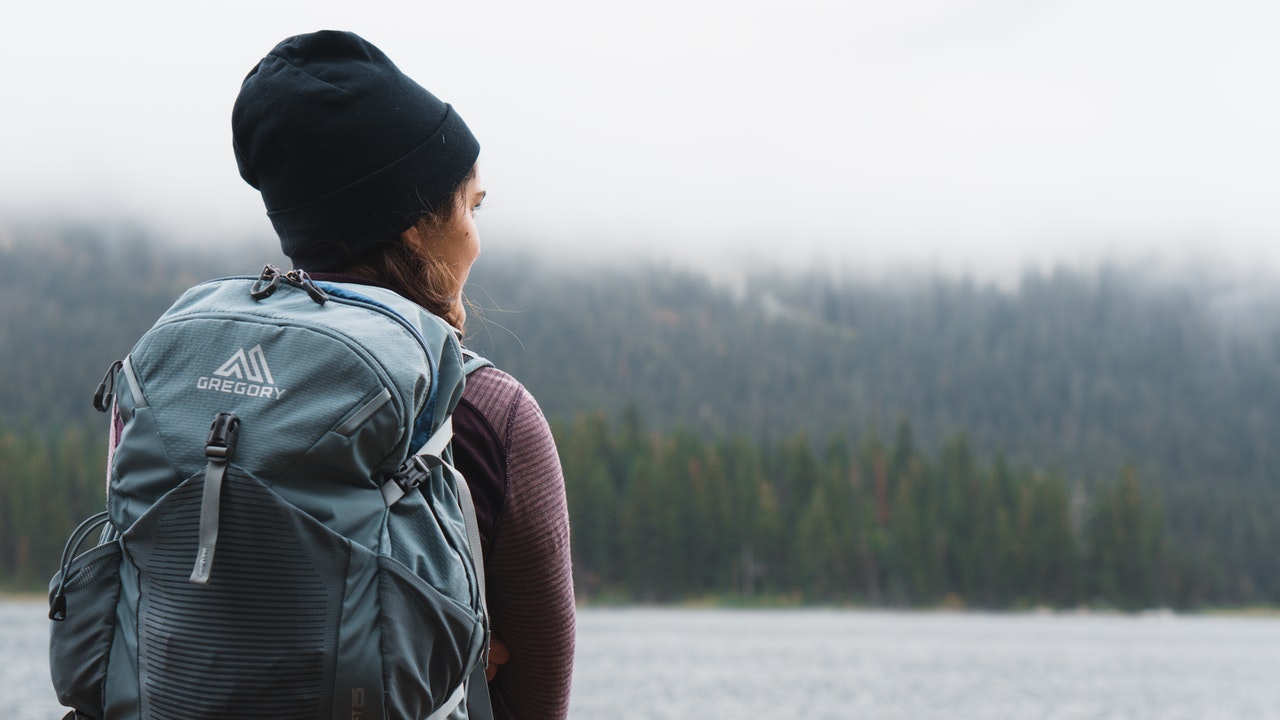Backpacking
The Ultimate Guide to Backpacking Across Continents
Embarking on a backpacking adventure across continents is a dream for many travelers, offering the opportunity to immerse oneself in diverse cultures, landscapes, and experiences. …
Embarking on a Journey of Self-Discovery: Solo Backpacking Adventures
Solo backpacking offers a unique opportunity for travelers to find freedom, independence, and self-discovery on the trails. Whether you’re hiking through remote wilderness areas, exploring …
Backpacking: Embark on a Journey of Exploration
Backpacking is a unique form of travel that promises adventure, self-discovery, and a profound connection with the world. It transcends the boundaries of conventional tourism, …
What Is Backpacking?
Backpacking is an outdoor activity involving carrying equipment on your back. It can be as simple as hiking across a plain or as difficult as …
5 Best Things to Do in Macau on a Backpacker’s Budget
Macau can offer anything that a backpacker could want, be it beautiful sights, good food, and fair weather conditions. But the cherry on top is …
Guide to the Best Hiking in the Zion National Parks
There are two types of people who go to Zion National Park: tourists, who enjoy a relaxing stay in the cool mountain atmosphere, and hikers, …
What to Pack Overnight for Kayaking Trips
If you are looking forward to heading out for a kayaking trip on calm waters, you won’t need lots of gear. But if you’re planning …
The Top Tips to Travel in Europe Successfully
The Top Tips to Travel in Europe Successfully For most of us, Europe is a favorite holiday getaway. Another fact is that no globetrotter can …
10 Camping Hacks Every Camper Needs to Know
10 Camping Hacks Every Camper Needs to Know Whether you are just starting or you just want to become a pro camper, there are many …
How to Improve Your Backpacking Experience
Are you the nature lover? Backpacking could be your weekly, monthly, semi-annually, or an annual routine. Though hiking is normal to most people, there are …
